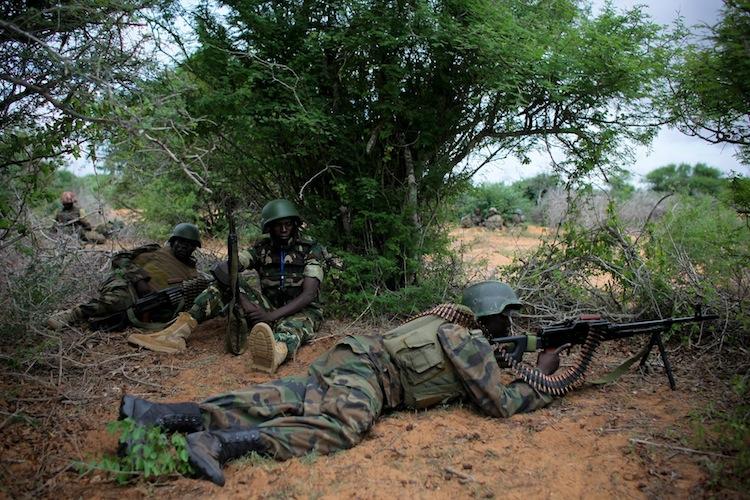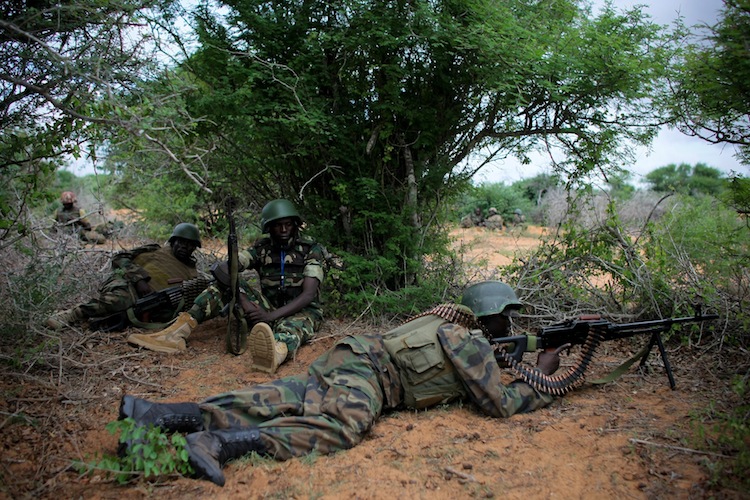The al-Shabaab militant group, which has ties to al-Qaeda, has left is main stronghold in southern Somalia following battles with Somali and Kenyan troops.
Locals in the town of Kismayo told the BBC that the al-Shabaab fighters have left their base after Somali and African Union troops descended upon it.
However, the United Nations said that thousands of residents are leaving the town per day.
“The fighting is going on for the second day after our forces supported by Kenyan troops launched a final military offensive on al-Shabaab positions in the Kismayo corridor,” a Somali military spokesperson, Mohamed Farah, told Al Jazeera.
He added, “The operation is aimed to root out the militants before we secure control of the port town.”
Al-Shabaab commander Sheik Abdallah Mohamed, however, said the militant group is defending Kismayo.
“They have tried several times since yesterday and all of their attempts have failed and they were defeated,” he told AFP.
Furthermore, Muhammad Usman Arus, a spokesperson with the group, told the BBC that around 100 Kenyan and Somali troops were killed by the militant group and the rest were forced to leave.
“We are in Kismayo--this is a propaganda war. The Kenyan and Somali forces have already broken off and gone back to their positions,” he said.
The Epoch Times publishes in 35 countries and in 19 languages. Subscribe to our e-newsletter.






